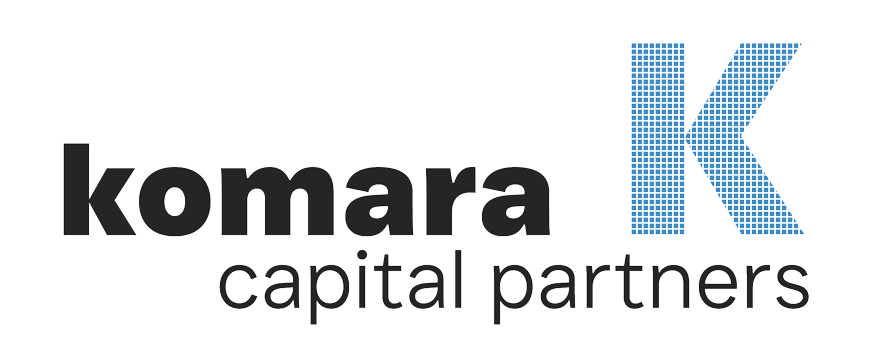Resources & Investment Updates From Komara Capital Partners
Resources
Buying vs. Renting a Home in Florida 6 Aspects to Consider
8 Aspects To Consider For Financial Accounts at Multiple Institutions
How Tax-Loss Harvesting Is Naturally Baked Into Our Process
What is the Best Business Entity Type For You?
Our Systematic Investing Process
5 Common Money Management Mistakes And How to Avoid Them
What Is A Trust?
What Is A Will?
News & Monthly Investment Updates
When Sentiment is Screaming, Discipline is a Differentiator
The past few years have shown how quickly market regimes can shift — from a long stretch of falling rates, to the rapid tightening cycle, and the adjustments we’re seeing today.
These transitions don’t reward prediction; they reward process. When conditions change this quickly, discipline becomes the differentiator. A clear, systematic investing approach keeps decisions grounded in data instead of sentiment, and that matters most when the environment is moving faster than investor intuition can keep up.
Our role isn’t to guess what comes next. It’s to stay aligned with the trends that actually emerge and adapt as those trends evolve. That’s what we believe has the power to keep portfolios steady when cash feels comfortable, and what allows them to participate when other assets begin to strengthen.
Discipline — not timing — is what turns market transitions from a source of anxiety into an opportunity.
This month’s Note looks at how the changing rate landscape influenced T-bills and why a rules-based process helps investors stay aligned with what markets are doing, not what they’re supposed to do.
But first, here’s a summary of the global asset classes utilized in our portfolios and their exposures for December.
What’s in a Name? Trump Account, Baby Bond, Whatever… Saving Young Matters
When the One Big Beautiful Bill Act (OBBBA) was signed into law July 4, 2025, it introduced a new type of savings program for children. While informally referred to in some media as “Trump Accounts,” it’s important to focus on the program’s structure and potential benefits, rather than nickname.
If you, a friend, or a family member recently had a child — or is expecting — this new savings vehicle may be worth considering. Even if this vehicle isn’t relevant to your situation, one of its key attributes — harnessing the power of saving early — provides a good reminder for us all.
Get Alerts
Choose the type of emails you'd like to receive from Komara Capital Partners



